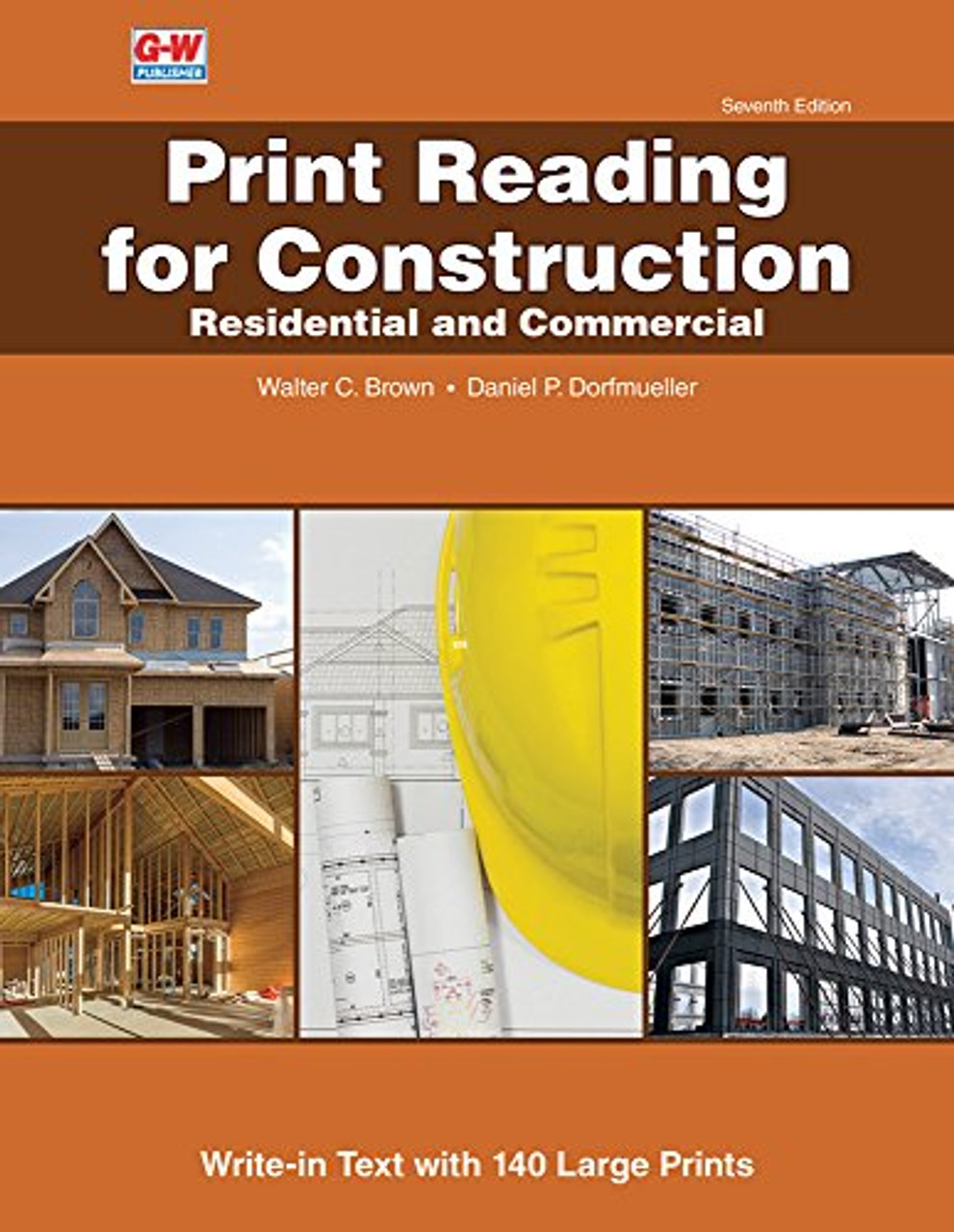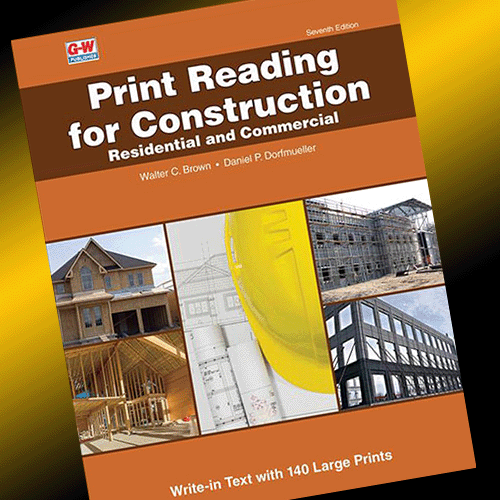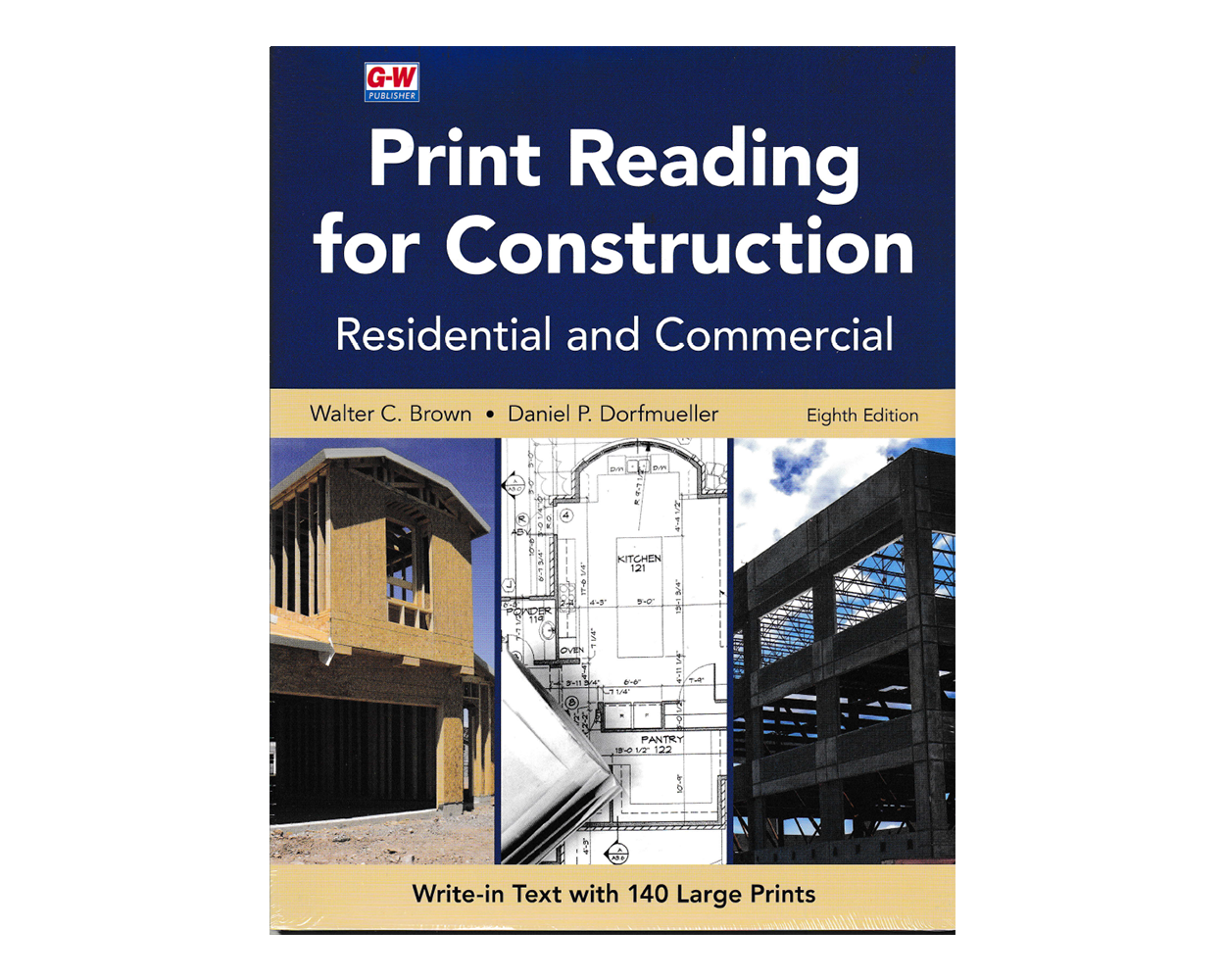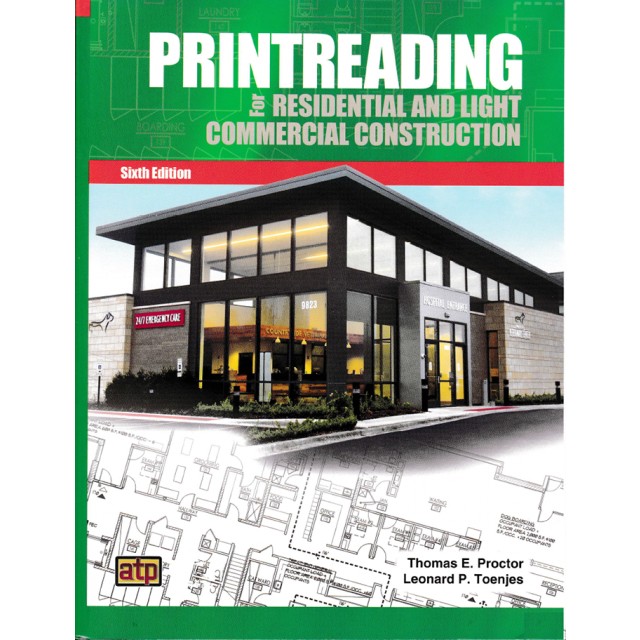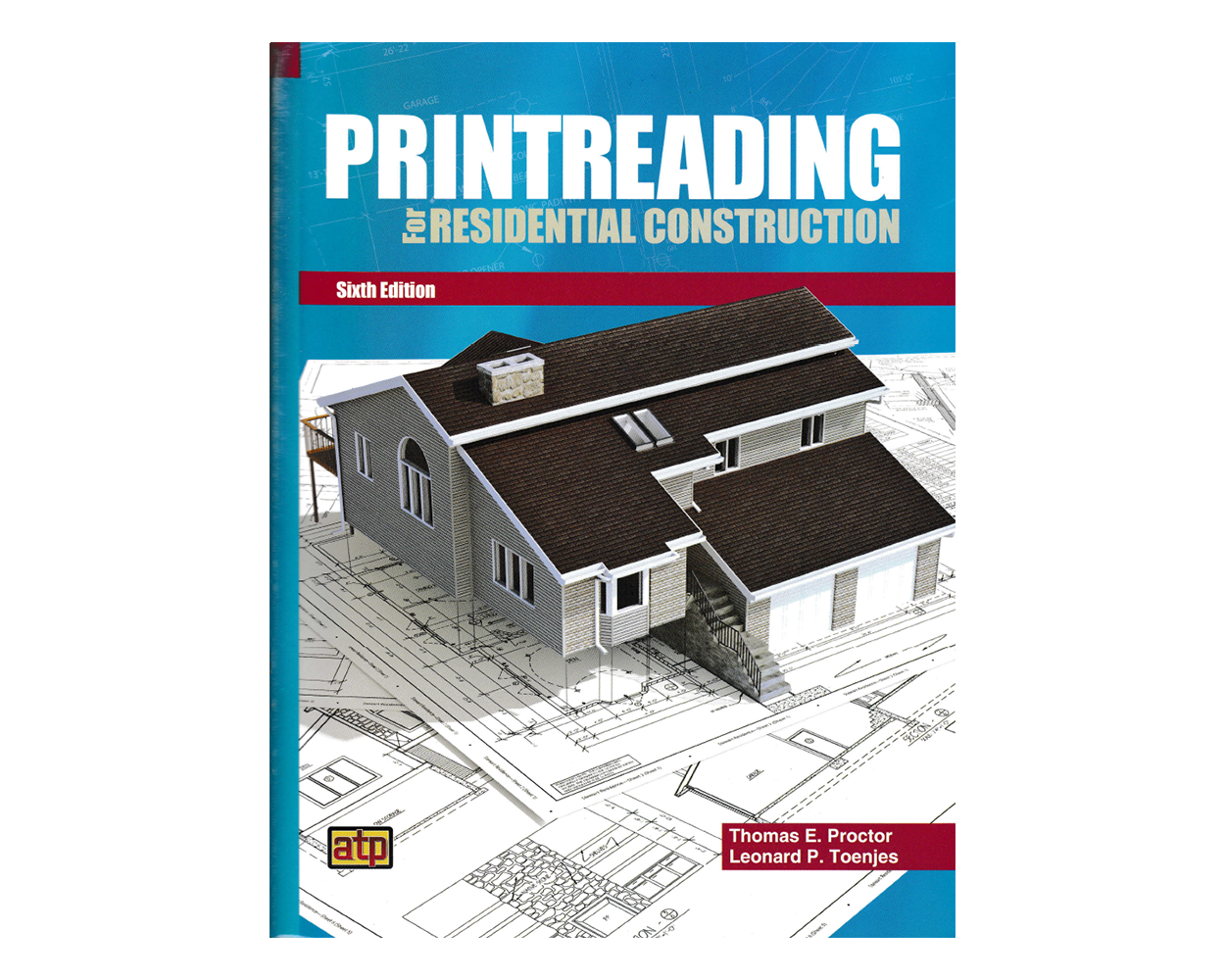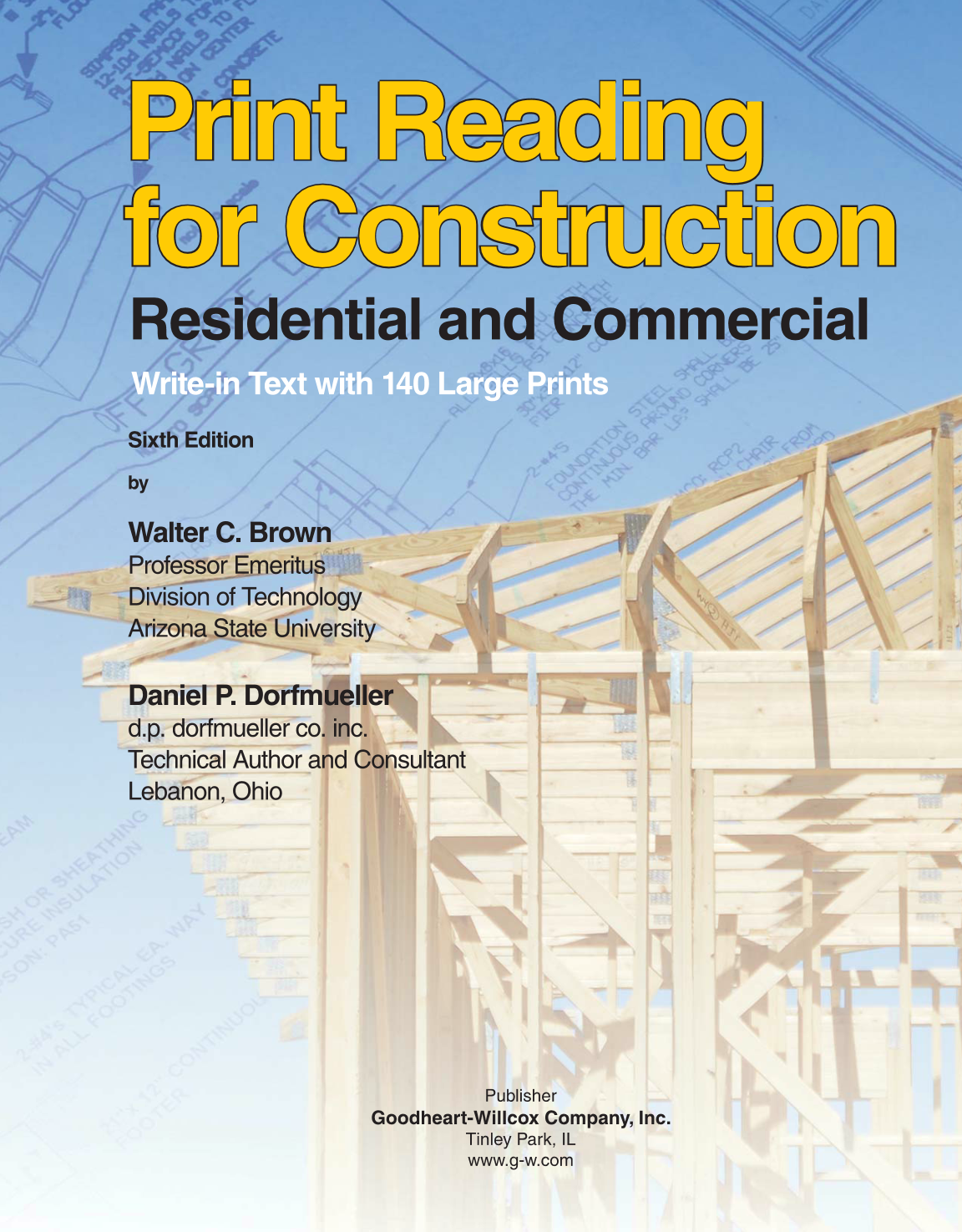Print Reading For Construction Residential And Commercial
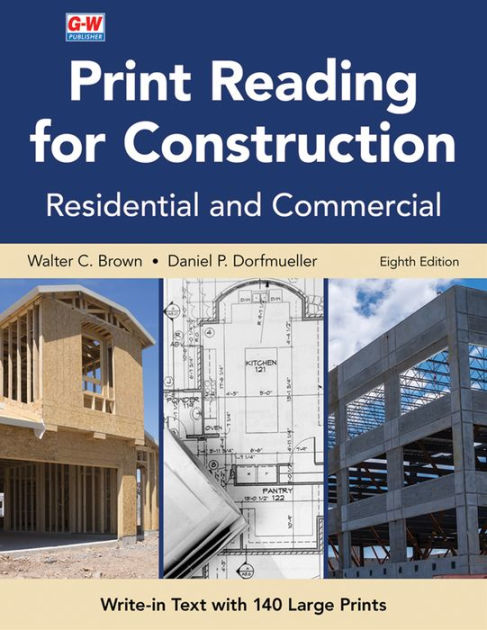
In the ever-evolving landscape of construction, one skill remains foundational for success: the ability to accurately interpret blueprints. From the simplest residential remodel to the most complex commercial high-rise, understanding construction documents is paramount for efficient project execution, cost control, and safety.
The importance of print reading, also known as blueprint reading or construction drawing interpretation, cannot be overstated. It’s the language that bridges the gap between architects and engineers and the tradespeople who bring their designs to life. This article explores the crucial role of print reading in both residential and commercial construction, highlighting its impact on accuracy, communication, and overall project success.
The Core of Construction Communication
At its heart, print reading is about deciphering the technical drawings that detail every aspect of a construction project. These drawings, or prints, encompass architectural plans, structural drawings, mechanical, electrical, and plumbing (MEP) schematics, and civil engineering plans.
Each set of drawings uses standardized symbols, abbreviations, and notations to convey precise information about dimensions, materials, and installation procedures. Misinterpreting even a single symbol can lead to costly errors and delays.
The ability to accurately interpret these prints ensures that everyone involved in the project – from project managers and site supervisors to carpenters, electricians, and plumbers – is on the same page. Effective print reading fosters clear communication and minimizes misunderstandings, ultimately contributing to a smoother construction process.
Residential Print Reading: Precision in Detail
While often perceived as less complex than commercial blueprints, residential prints still require a keen eye for detail. These drawings typically include floor plans, elevations, sections, and details that define the layout, appearance, and construction of a home.
Understanding residential prints is critical for tasks such as framing walls, installing windows and doors, running electrical wiring, and plumbing fixtures. Accurate measurements and adherence to specifications are paramount to ensure the structural integrity and aesthetic appeal of the residence.
Moreover, residential print reading plays a crucial role in ensuring compliance with local building codes and regulations. Incorrect interpretations can result in code violations, leading to costly rework and potential legal issues. For example, understanding setback requirements or properly locating load-bearing walls are fundamental aspects of residential construction that rely heavily on accurate print reading.
Commercial Print Reading: Navigating Complexity
Commercial construction projects often involve significantly more complex drawings than residential projects. These blueprints can include intricate MEP systems, structural steel details, fire protection systems, and specialized architectural features.
The sheer volume of information presented in commercial prints demands a high level of expertise in print reading. Project managers, engineers, and foremen must be able to quickly and accurately locate relevant information and communicate it effectively to their teams.
Furthermore, commercial projects often involve multiple phases and subcontractors, making clear communication essential. The ability to readily understand and disseminate information from the prints is critical for coordinating the work of different trades and ensuring that the project stays on schedule and within budget.
Key Elements in Commercial Print Reading
Commercial blueprints typically include specifications that outline the materials, standards, and workmanship required for the project. Understanding these specifications is just as important as interpreting the drawings themselves.
They provide detailed information about everything from the type of concrete to be used to the quality of the finishes. Another critical aspect of commercial print reading is understanding the building's life safety systems, including fire alarms, sprinklers, and emergency exits. Incorrectly interpreting these systems can have serious consequences.
Change orders are a common occurrence in commercial construction, and the ability to quickly understand and implement these changes is crucial. Print reading skills are essential for ensuring that all parties involved are aware of the revisions and their impact on the project.
The Impact of Technology
While traditional paper blueprints remain common, the construction industry is increasingly adopting digital formats such as PDFs and Building Information Modeling (BIM) software. BIM allows for the creation of 3D models that integrate all aspects of the project, providing a more comprehensive and interactive way to visualize the design.
Even with these advancements, the fundamental principles of print reading remain essential. Digital tools enhance the process, but they do not replace the need for skilled professionals who can accurately interpret the underlying information.
Individuals trained in print reading are better equipped to navigate digital blueprints. They are also able to leverage the advantages of BIM and other technologies, such as improved clash detection and better coordination of different trades.
Investing in Print Reading Skills
Recognizing the critical importance of print reading, many construction companies are investing in training programs for their employees. These programs typically cover the fundamentals of blueprint interpretation, including symbols, abbreviations, and common drawing conventions.
Some programs also focus on specific areas, such as residential framing or commercial MEP systems. Online resources, trade schools, and community colleges also offer courses in print reading.
By prioritizing print reading skills, construction companies can improve project efficiency, reduce errors, and enhance overall safety. Furthermore, skilled print readers are highly sought after in the industry, making it a valuable skill for individuals seeking a career in construction.
Conclusion
In both residential and commercial construction, print reading is the cornerstone of effective communication and successful project execution. Whether interpreting traditional blueprints or navigating digital models, the ability to accurately decipher construction documents is essential for ensuring accuracy, minimizing errors, and maintaining safety.
As the industry continues to evolve with new technologies and building methods, the fundamental principles of print reading will remain indispensable. Investing in these skills is an investment in the future of construction, paving the way for more efficient, safer, and more successful projects.
